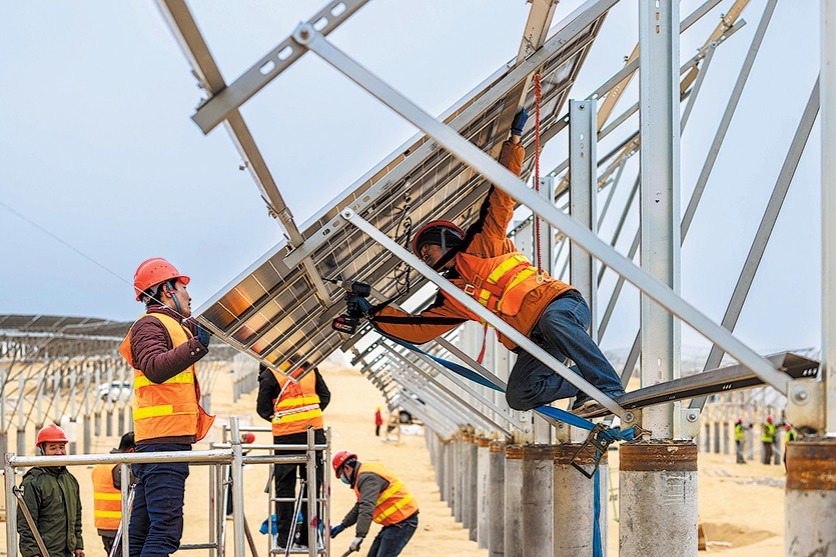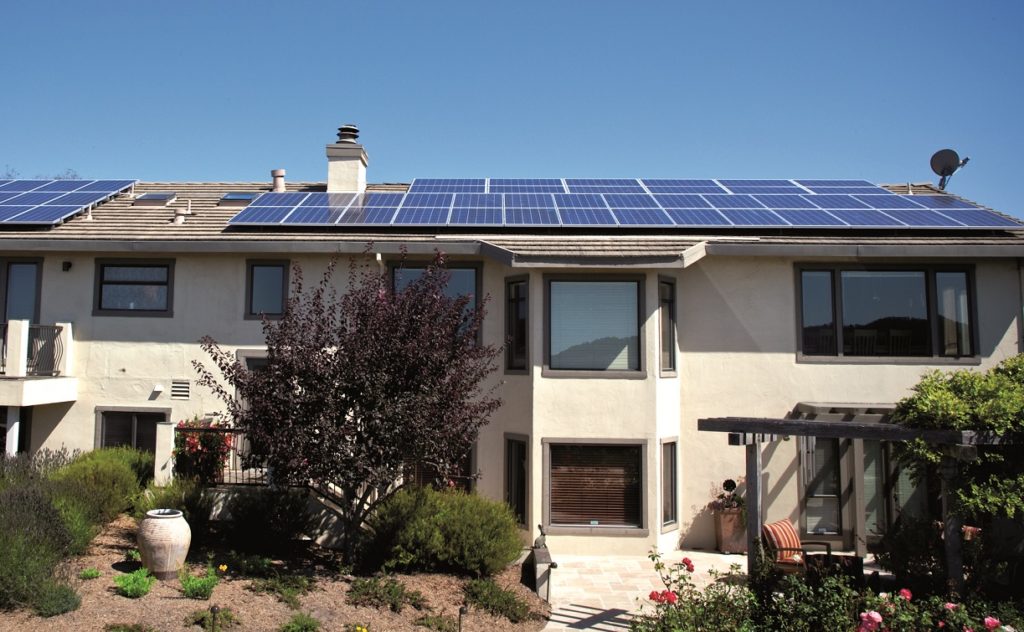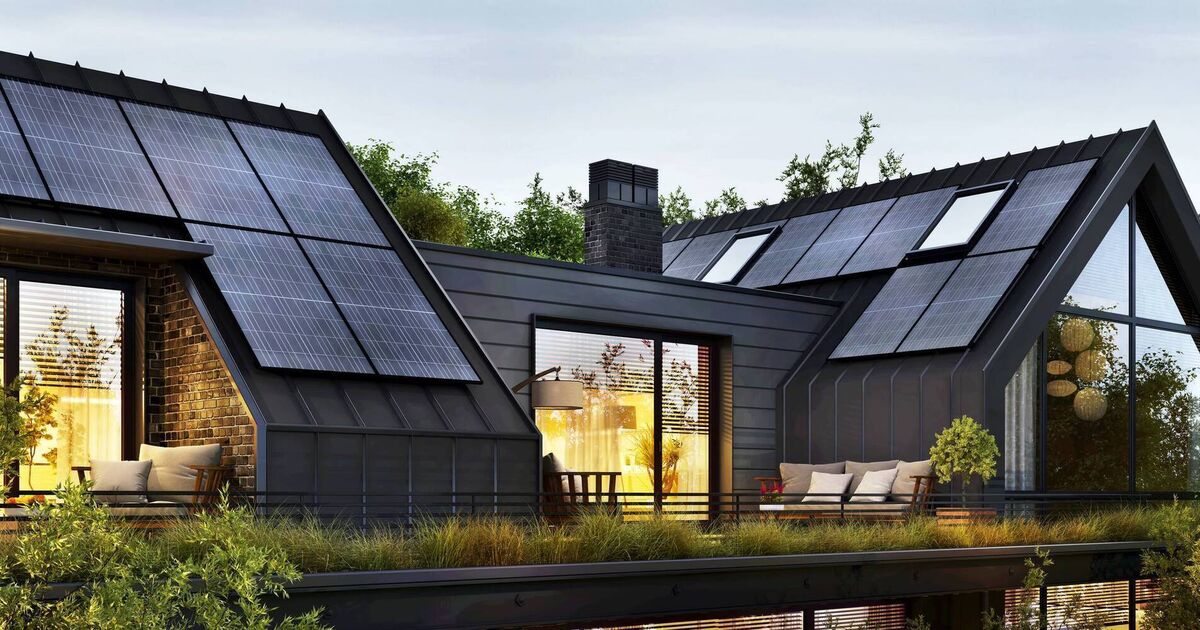In a remarkable blend of innovation and environmental stewardship, the Kubuqi Desert in Ordos, Inner Mongolia, is being transformed into a vast “photovoltaic sea.” This ambitious solar energy project, located in Chaideng village, covers 30 square kilometers with 3.46 million blue solar panels, effectively converting the arid desert into a significant source of renewable energy.
The Great Photovoltaic Wall: A Solar Energy Milestone
Dubbed the “great photovoltaic wall,” this solar power base extends along the northern edge of the Kubuqi Desert. Although it won’t match the Great Wall in length, it is projected to span 400 kilometers with an average width of five kilometers. According to Liu Tianyun, deputy director of the forestry and grassland bureau of Ordos, the project aims to set a new record in China for the largest photovoltaic farm, with an anticipated installed capacity of 100 gigawatts upon completion. Currently, 5.42 gigawatts of solar power have already been installed across 133 square kilometers of sandy land.
Innovative Solar Technology and Environmental Benefits
The Kubuqi Desert’s vast, open land and ample sunshine—about 3,100 hours annually—make it an ideal location for large-scale solar farms. This project not only generates power but also contributes to combating desertification and mitigating sandstorms in the region. The solar panels are strategically placed to allow for plant growth beneath them, with small livestock grazing in the shade, creating a symbiotic relationship that yields both economic and ecological benefits.
Technological innovations have been crucial in adapting the photovoltaic modules to the harsh desert environment. The use of bifacial technology and high-efficiency cells, which capture sunlight from both sides, boosts power generation by approximately 8% due to the reflective sandy surfaces. Additionally, the modules’ lifespan has been extended to 30 years thanks to dual-glass encapsulation materials.
The design also considers the practicalities of desert farming, with a minimum clearance of 2.5 meters between the panels and the ground, allowing easy access for machinery and farm workers. In some areas, solar-powered drip irrigation systems are being used to support the growth of green landscapes in the desert.
Sustainable Integration with Local Resources
Ordos, a city known for its coal resources, has integrated its mining operations with the solar project. Treated drainage water from local coal mines is repurposed to clean the solar panels and irrigate the plants, demonstrating a sustainable approach to resource management.
Vice-Mayor Zhang Xiuling highlighted the dual benefits of this initiative, noting that by planting crops in the sand and topping them with solar panels, they are effectively creating a double-layered “shield” to prevent the shifting sands from spreading. This project represents a significant step forward in both solar energy development and desert reclamation, offering a model for sustainable innovation in arid regions.
Source: usa.chinadaily.com.cn





